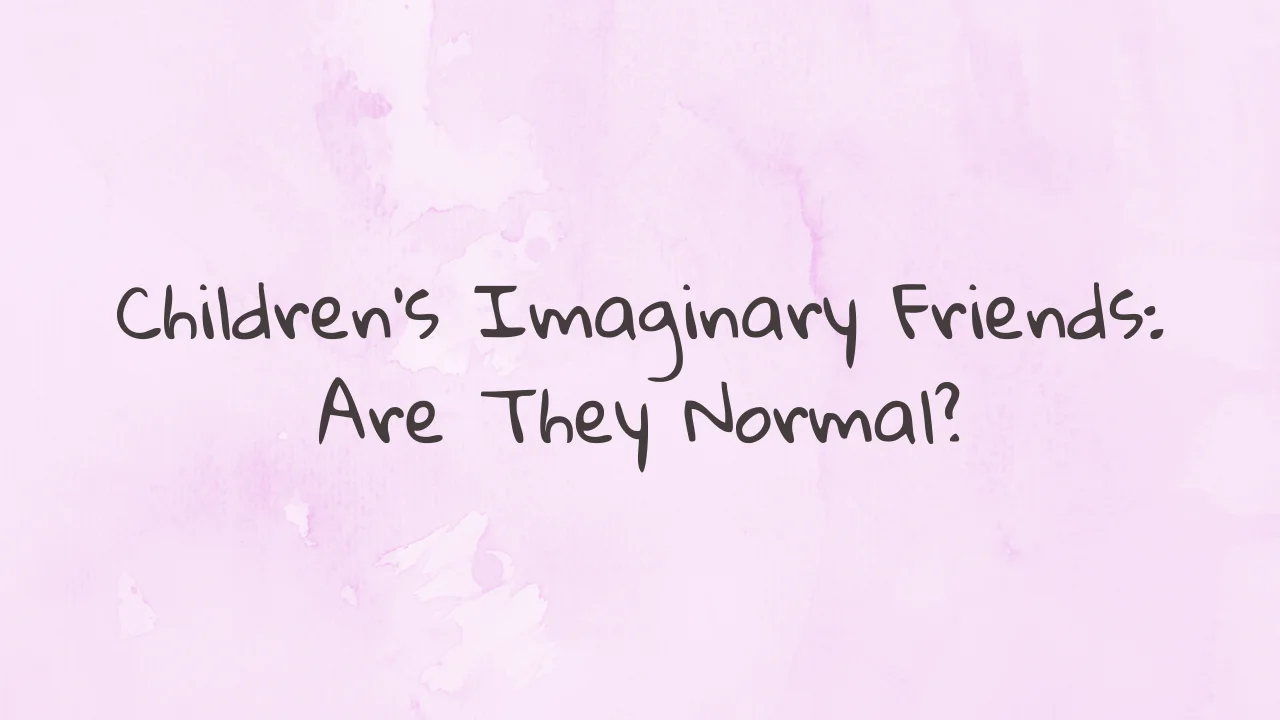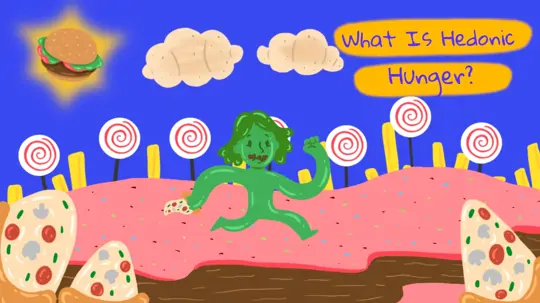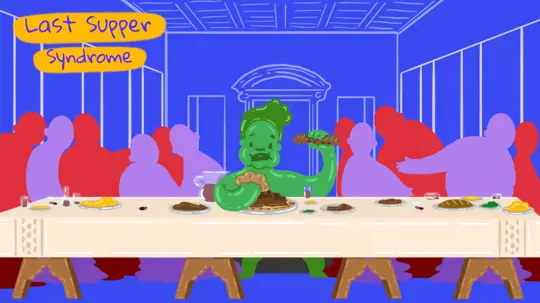
Start feeling better today!
Connect with your therapist today and take control of your life like our 850.000 happy clients.
Get StartedImaginary Friendships
Children and adolescents have a lot of imaginary friends. The concept of imaginary friends can be concerning for parents who are unfamiliar with this concept. Parents who are concerned about their child's imaginary friend ask questions such as Is having an imaginary friend normal?
or My child has imaginary friends; should I take them to the doctor?
Let's look at why imaginary friends are natural for children and adolescents.
Svendsen (1934), one of the first scientists to address the topic, defines imaginary friends as invisible characters without corresponding objects that children play with for at least a few months1.
While the majority of these friends are humans, some can also be animals. Some are always there, while others are only there on occasion. Some appear to be specific to a specific location and time, such as the place and time played. Despite conflicting findings regarding the number of imaginary friends and the age at which they occur, it is estimated that this condition affects 25% to 45% of children aged 3 to 7 years1. Furthermore, it has been reported that this condition is more common in girls, first-born children, and only children who do not have siblings.
Why Do Kids Make Up Imaginary Friends?
Are imaginary friends a trauma response? No, imaginary friends are not (necessarily) a result of a traumatic experience. It is possible to argue that there are numerous legitimate reasons for having imaginary friends. Children may require the company of another friend to play with. These friends are able to meet their needs of being heard and supported without being judged. These friends can do what the child wants but is unable to do. These friends can be considered a good thing for children because they are unique to them. Again, these friends can help children express their feelings and develop social skills.
Sociability
Despite the fact that children with imaginary friends may appear lonely and asocial, research shows the opposite. It has been observed that children who have these friends smile more, are less shy, and are better at empathizing. These children are more creative in tasks like finishing stories, which indicates social thinking. Children may be prone to creating imaginary friends to the point where they prefer to spend time alone rather than socializing. The number of siblings they have and the number of siblings they had at birth are secondary considerations.
Gender
In a study involving the characteristics of imaginary friends based on gender, 20 female and 20 male kindergarten students aged 3 to 6 years old were compared3. According to the findings of the study, boys have more competent imaginary friends than they do, while girls have significantly less competent imaginary friends than they do. This shows that a child's gender affects how they make up their imaginary friends.
Another study of 222 kindergarten students found that 63 (28%) of the children had one or more imaginary friends, which sheds light on the subject in a variety of ways3. Differences between the sexes are also visible. Girls are more likely than boys to have imaginary friends. On the other hand, while boys have imaginary friends of their own gender 3.5 times more than girls, this rate remains more balanced at 1.3.
Essence of Imaginary Friends
When we consider whether our imaginary friends are human or non-human, such as animals, we find that 89% of them are people. Boys are more likely than girls to fantasize about nonhuman friends. Looking at the names given to imaginary friends, we can see that they are mostly named after friends, and almost half of their names are learned from television, books, and games. Another finding is that when their friends are present, 93% of children do not interact with their imaginary friends. In this case, it can be argued that children do not need such a thing once they have been socialized. Although the data varies from study to study, it is useful in understanding the overall situation.
What Should I Do About My Child's Imaginary Friend?
Actually, you don't need to do anything. You can learn about your child's interests, wishes, fears, and concerns by simply trying to get to know the imaginary friends. Remember that your child has imagined that friend for a reason. By celebrating this special occasion, you can demonstrate to your child that you value and care about them.
It is also possible to use imaginary friends positively for a child's development. Your child, for example, may request that you perform responsible behavior, such as making a cup of coffee for their imaginary friend and making their bed. Encouraging the child to do such things instead of doing them yourself will help them develop their capacity to take responsibility. In other cases, your child may blame undesirable behavior on their imaginary friend. In this case, explaining that the imaginary friend cannot engage in this behavior and encouraging them to accept responsibility for their actions will help them develop a stronger personality. In another case, your child may feel the need to consult an imaginary friend on a regular basis. Asking your child what they want in this situation can help them feel better about themselves.
Should You Get Help With Imaginary Friends?
When you suspect that your child's imaginary friend emerged as a result of a trauma or is a bad imaginary friend, or in cases of having imaginary friends when your child is older than normal, you should consult a specialist. How long do imaginary friends last? Imaginary friends usually last upto 7 year-olds. If your kid still has imaginary friends past that age, it might be good to consult a mental health professional.
In other words, imaginary friends are very natural in childhood and are not pathological. There is nothing to be concerned about. Your child uses this method to improve their social skills and interactions. It also gives them a chance to develop their imagination and interpersonal skills.
Sources
- Svendsen, M. (1934). Children's imaginary companions. Archives of Neurology & Psychiatry, 32, 985–999. https://doi.org/10.1001/archneurpsyc.1934.02250110073006
- Dixon, S. D., & Stein, M. T. (2000). Encounters with children: Pediatric behavior and development. St. Louis: Mosby.
- Harter, S., & Chao, C. (1992). The Role of Competence in Children’s Creation of Imaginary Friends. Merrill-Palmer Quarterly, 38(3), 350–363. http://www.jstor.org/stable/23087260
- Manosevitz, M., Prentice, N. M., & Wilson, F. (1973). Individual and family correlates of imaginary companions in preschool children. Developmental Psychology, 8(1), 72–79. https://doi.org/10.1037/h0033834





